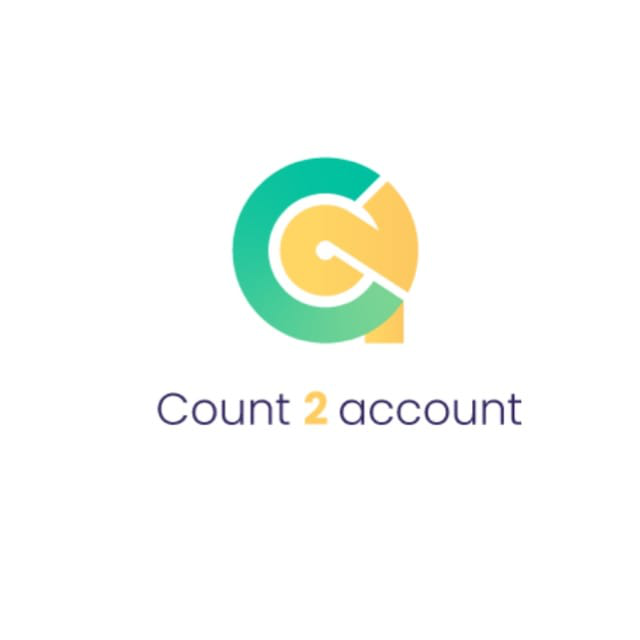Introduction:
Learn How to Use Excel for Daily Work Tasks Microsoft Excel is a versatile tool that has become an indispensable part of daily tasks for individuals and businesses alike. From managing budgets to analysing data and creating charts, Excel offers a wide range of functionalities to streamline workflows and increase productivity. Learn How to Use Excel for Daily Work Tasks In this comprehensive blog, we explore how you can harness the power of Excel for various daily tasks, providing tips, tricks, and practical examples along the way.
Learn How to Use Excel for Daily Work Tasks

1. Managing Personal Finances:
Learn How to Use Excel for Daily Work Tasks Excel is an excellent tool for managing personal finances, allowing you to track income, expenses, and savings effectively. You can create a budget spreadsheet to allocate funds for different categories, such as groceries, utilities, and entertainment. Use Excel’s built-in formulas and functions to calculate totals, track spending trends, and identify areas for saving or cutting expenses.
1. Budgeting
Create a detailed budget to track income and expenses. This helps in understanding where money is going and identifying areas to cut unnecessary spending. Use tools like spreadsheets or budgeting apps for better organization.
2. Saving
Establish a habit of saving regularly. Aim to set aside a portion of your income each month for emergencies, retirement, and specific goals such as vacations or large purchases. A good rule of thumb is to save at least 20% of your income.
3. Investing
Investing can grow your wealth over time. Consider various options such as stocks, bonds, mutual funds, and real estate. Diversify your investments to spread risk and consult with a financial advisor to make informed decisions.
4. Debt Management
Manage debt wisely by prioritizing high-interest debts first. Make consistent payments to avoid penalties and consider consolidating debts to simplify repayment. Avoid accumulating unnecessary debt by using credit responsibly.
5. Emergency Fund
Build an emergency fund to cover unexpected expenses like medical bills or car repairs. Aim to save at least three to six months’ worth of living expenses in a liquid and easily accessible account.
6. Retirement Planning
Start planning for retirement early. Contribute to retirement accounts like 401(k)s or IRAs and take advantage of employer matching programs if available. Understanding compound interest and starting early can significantly impact retirement savings.
7. Monitoring and Adjusting
Regularly review your financial situation and adjust your budget and savings goals as needed. Keep an eye on changes in income, expenses, and financial goals to stay on track.
8. Financial Education
Continuously educate yourself about personal finance. Read books, attend workshops, or take online courses to enhance your financial literacy. Staying informed helps in making better financial decisions.
2. Creating To-Do Lists and Task Tracking:
Excel can be used to create to-do lists and track tasks, deadlines, and progress. You can set up a simple spreadsheet with columns for task description, priority, due date, status, and notes. Use conditional formatting to highlight overdue tasks or prioritize important ones. With Excel’s filtering and sorting capabilities, you can easily organize and prioritize tasks based on various criteria.
3. Managing Contacts and Address Book:
https://count2account.com/ Excel can serve as a simple yet effective tool for managing contacts and maintaining an address book. Create a spreadsheet with columns for contact names, phone numbers, email addresses, and other relevant information. Learn How to Use Excel for Daily Work Tasks Use Excel’s sorting and filtering features to quickly find and access contact information when needed. You can also use Excel’s data validation feature to ensure data consistency and accuracy.
4. Tracking Expenses and Receipts:
Excel can help you track expenses and receipts for reimbursement or tax purposes. Learn How to Use Excel for Daily Work Tasks Create a spreadsheet to record expenses, including date, description, amount, and category. Use Excel’s functions and formulas to calculate totals, track spending by category, and generate summary reports. You can also attach scanned receipts or photos directly to the spreadsheet for easy reference.
5. Creating Simple Project Plans and Timelines:
Learn How to Use Excel for Daily Work Tasks Excel can be used to create simple project plans and timelines for tracking tasks, milestones, and deadlines. You can set up a spreadsheet with columns for task description, start date, end date, status, and owner. Use Excel’s conditional formatting to highlight critical tasks or overdue milestones. https://count2account.com/ With Excel’s charting capabilities, you can also create visual timelines or Gantt charts to visualize project progress.
Conclusion:
In conclusion, Learn How to Use Excel for Daily Work Tasks Excel is a powerful tool that can be used for a wide range of daily tasks, from managing personal finances to tracking tasks, managing contacts, tracking expenses, and creating project plans. By harnessing Excel’s built-in features, functions, and formatting options, you can streamline workflows, increase productivity, and stay organized in your daily activities.
SOURCES: https://support.microsoft.com/en-us/office/basic-tasks-in-excel-dc775dd1-fa52-430f-9c3c-d998d1735fca
BEST ACCOUNTING COURSES: https://count2account.com/courses-2/
BEST ACCOUNTING SERVICES PROVIDERS: https://taxgyany.com/product-category/accounting/
ACCOUNATNT APP: https://count2account.com/


